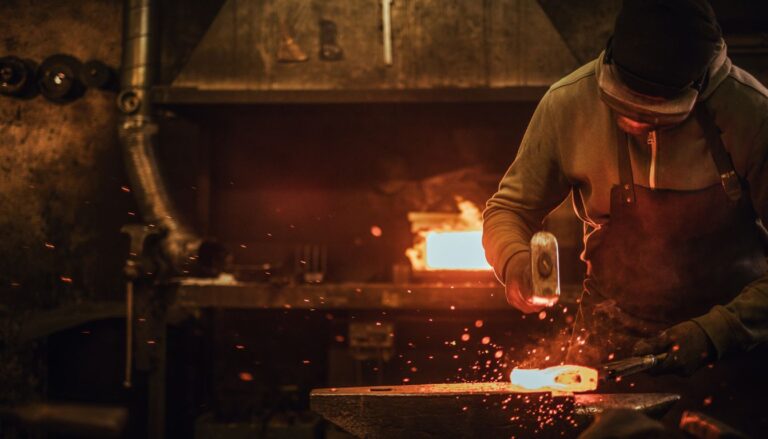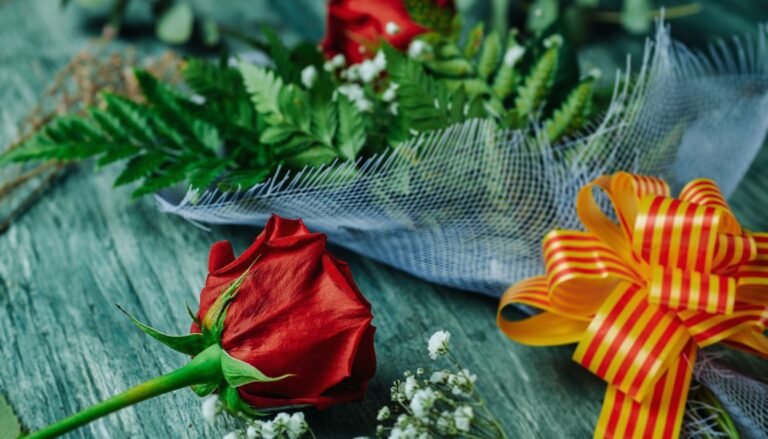Arequipa, Peru
Crowned by three majestic volcanoes and carved from white sillar stone, Arequipa gleams like a pearl in Peru’s southern highlands. This UNESCO World Heritage city captivates visitors with its stunning colonial architecture, rich culinary traditions, and proximity to the world’s deepest canyon. Known as “The White City,” Arequipa’s historic center showcases a unique blend of Spanish colonial and indigenous architectural styles, creating a masterpiece of cultural fusion.
This guide reveals local secrets and cultural treasures, transforming your visit into a memorable journey.
Table of Contents
Best Places to Visit
- Plaza de Armas: One of Peru’s most beautiful main squares
- Santa Catalina Monastery: A colorful city within the city
- San Camilo Market: Historic market full of local flavors
- Yanahuara Viewpoint: Offering stunning views through sillar stone arches
- Mundo Alpaca: Learn about Peru’s famous textile traditions
- Colca Canyon: World’s second deepest canyon
Must-Visit Cultural Landmarks
- Basilica Cathedral: Dominating the Plaza de Armas
- San Francisco Church: Beautiful example of baroque architecture
- Casa del Moral: Historic colonial mansion
- Museum of Andean Sanctuaries: Home to the famous “Juanita” Ice Maiden
- La Mansión del Fundador: Historic colonial estate
Cultural Insights & Traditions
Arequipa’s culture reflects a proud regional identity known as Arequipeño. The city is famous for its picanterías (traditional restaurants) serving local dishes, its historic tradition of sillar stone carving, and its unique dialect of Spanish. The influence of both Spanish colonial and indigenous Andean cultures creates a distinctive local character that sets it apart from other Peruvian cities.
Top Cultural Experiences
- Take a Peruvian Cooking Class featuring local dishes
- Visit traditional Picanterías for authentic lunch
- Watch Sillar Stone Carving demonstrations
- Explore the Santa Catalina Monastery with a guide
- Attend a Folkloric Dance performance
- Visit Colca Canyon to see Andean condors
- Join an Alpaca Farm tour
Best Time to Visit
The best time to visit Arequipa is during the dry season from April to November. The city enjoys sunny days year-round due to its desert climate. July and August offer clear skies perfect for photography and volcano views. December to March brings occasional showers but fewer tourists.
How to Get Around
- Walking: Historic center is perfectly walkable
- Taxis: Abundant and affordable
- Local Buses: Known as “combis”
- Tourist Buses: For Colca Canyon tours
- Private Drivers: Available for day trips
- Uber: Recently available in the city
Where to Stay
- Historic Center: Colonial hotels near Plaza de Armas
- Yanahuara: Quiet residential area with great views
- Vallecito: Charming neighborhood with character
- Cayma: Upscale area with modern amenities
- Selva Alegre: Near the main park
Best Places to Book Your Trip
Planning your dream trip is easy with trusted travel platforms. To secure the best deals on flights, accommodations, and tours, check out:
- Booking.com: Offers a wide range of hotels, apartments, and hostels to suit every budget.
- GetYourGuide: Book unforgettable experiences like guided tours, cooking classes, and fast-track passes.
- Expedia: A great platform for bundling flights, hotels, and car rentals for a seamless booking experience.
- Skyscanner: Perfect for finding the best deals on flights.
Pro Tips for Visitors
- Adjust to the altitude (7,661 feet) gradually
- Stay hydrated and avoid heavy meals initially
- Try the local specialty Rocoto Relleno
- Book Colca Canyon tours through reputable agencies
- Visit picanterías during lunch hours (12-3pm)
- Learn basic Spanish phrases – English isn’t widely spoken
- Carry sunscreen – UV rays are strong at this altitude
- Take evening photos when the white stone glows
Let Arequipa’s brilliant white architecture, vibrant culture, and dramatic volcanic backdrop create an unforgettable chapter in your Peruvian journey, where every cobblestone street leads to new discoveries in this gem of the Andes.
Traditional Rocoto Relleno of Arequipa: A Local’s Guide to Authenticity













